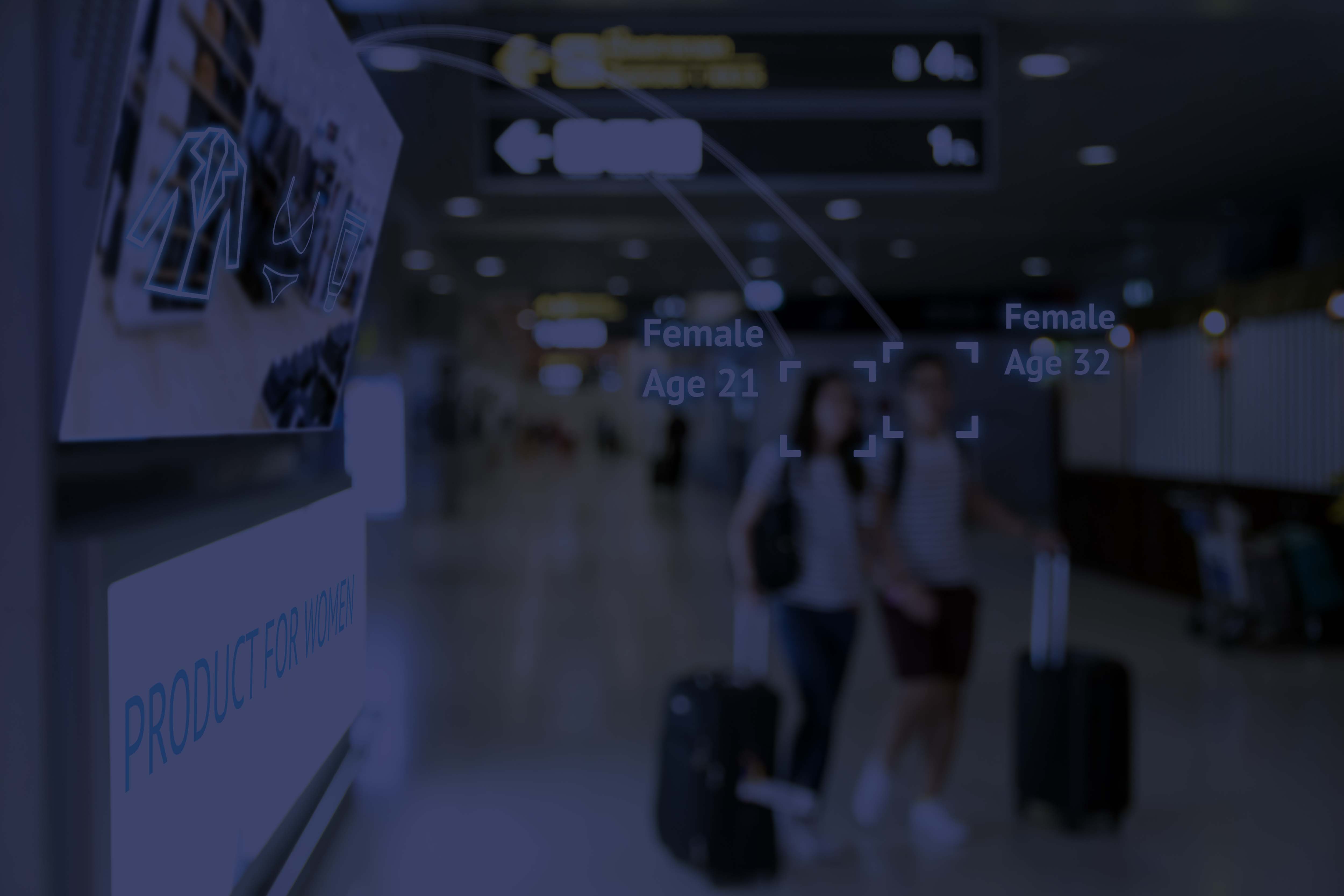March 06, 2018
When Jeff Bezos pitched an idea to expand his bookstore into an “everything store” that would sell not only books about kayaks, for example, but kayaking gear, videos of kayaking and, of course, kayaks themselves, dozens of investors walked away. Founded at the dawn of the web in 1995, Amazon was operating out of a soundproof office space, with a handful of employees and basement overflowing with 400 books.
The employees worked on tables fashioned out of Home Depot doors and packaged all the goods by hand. Things got so stressful, that Jeff Wilke, VP of operations, would routinely let his employees roar at the the top of their lungs to let off steam.
But Bezos’ vision for artificial intelligence’s ability to revolutionize commerce from marketing, to distribution, helped Amazon beat retail legends at their own game.
Fast and Furious
From an early stage, Bezos understood the biggest hurdle of online retailers: speed. Amazon’s first motto: “Get big fast” illustrates how Bezos prioritized speed from day one.
While Amazon’s prices were cheap, books could take anywhere from a few weeks to a month to be delivered.To overcome the hurdle, he would have to think outside the box. At the time, most warehouses were structured to make shipping mass amounts of a similar product easy. Amazon was the first large-scale company seeking to make shipping unpredictable orders of singular products across the country efficient.
Faster than almost any other retail company, Amazon understood that the only way to beat brick-and-mortar stores at their own game was artificial intelligence. Rather than employ warehouse veterans, Amazon hired software engineers to solve its distribution problems.
Conveyor-belt technology better suited to warehouses shipping mass amounts of similar goods, was quickly replaced by algorithms that would highlight the fastest and cheapest way to get a product to a customer at any given time, eliminating backlog and wait times. Algorithms could even figure out the most efficient way to pack disperate items into a single box and the fastest route for employees to walk while looking for items.
The company continued prioritizing speed. Amazon Prime, the service that offers select customers two-day shipping, was first introduced in 2005. It would eventually account for 80 million users.
Robotics
As it expanded, Amazon encountered a persistent obstacle: its employees could only work so fast. In an enlightened attempt to overcome this issue, in 2012 the company bought Kiva Systems, a robotics company that would revolutionize its warehouse.
Instead of taking warehouse workers to the products, Amazon decided to bring the products to the workers. The Kiva robots danced around the warehouse, twisting and turning shelves full of products on their way to the workers, who merely had to pick up the product, scan it, and send it on its way. The technology reduced the amount of human labor needed to ship and item to one minute, less time than it takes to receive and open an Amazon shipment.
Personalization
From the start, Bezos believed e-commerce’s advantage lay in customizing users’ shopping experience. He wanted to merge the charm of an independent bookstore with the stock of a big box store. Using a software called Similarities, Amazon became one of the first online retailers to suggest items based on previous purchases. By 2001, the company had the capacity to suggest purchases based on items customers had merely looked at. Every customer had a unique storefront.
The site became the standard for all other e-commerce websites in creating a customized experiences for users. Personalization also allowed Amazon to start seriously competing with physical stores and prompted customers to think of their online shopping experiences as enjoyable, not just practical.
The goal was to know what the customer wanted before they did. The company added sections highlighting which items customers ultimately bought when researching a product. It began analyzing click rates and browsing time. Recommendations were a raving success. Sales jumped 29 percent after they were introduced.
As artificial intelligence becomes an increasingly integral part of commerce, early-adopters like Amazon are profiting from their foresight. Amazon’s incredible rise, from a home-grown bookstore, the world’s first “everything store” proves that the efficiency, speed and personalization brought through artificial intelligence are key to winning the e-commerce game.
Marina Lopes is a freelance reporter and producer covering technology, politics and economy. Her articles and videos have appeared in the Washington Post, the Chicago Tribune, the BBC, NBC, and the PBS NewsHour.
Marina holds a graduate degree in journalism from Columbia University and a bachelor’s degree in International Relations from Boston College.
She speaks Portuguese, Spanish, English and French.
Share this article:




